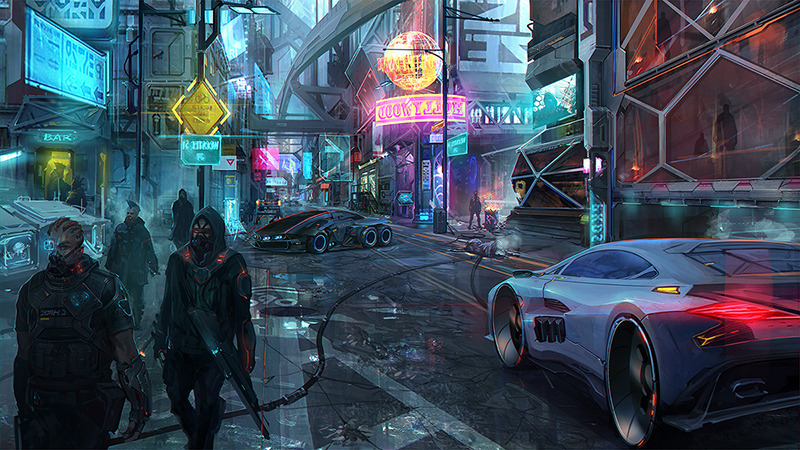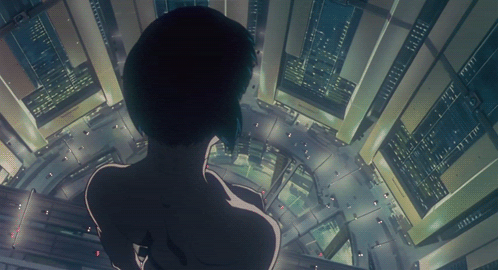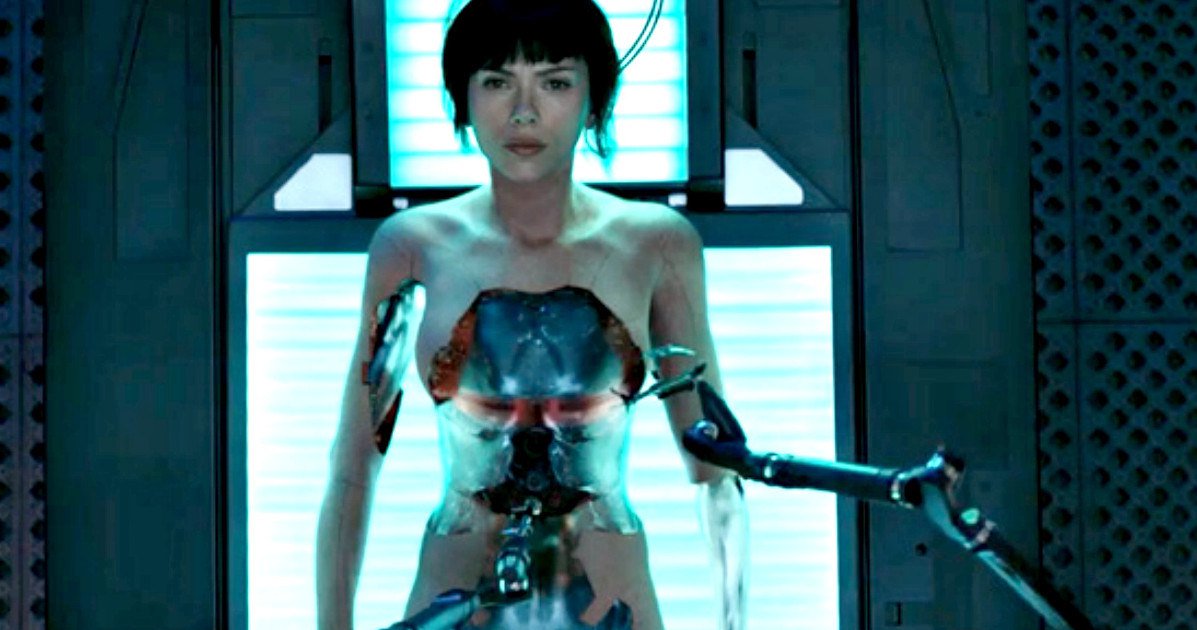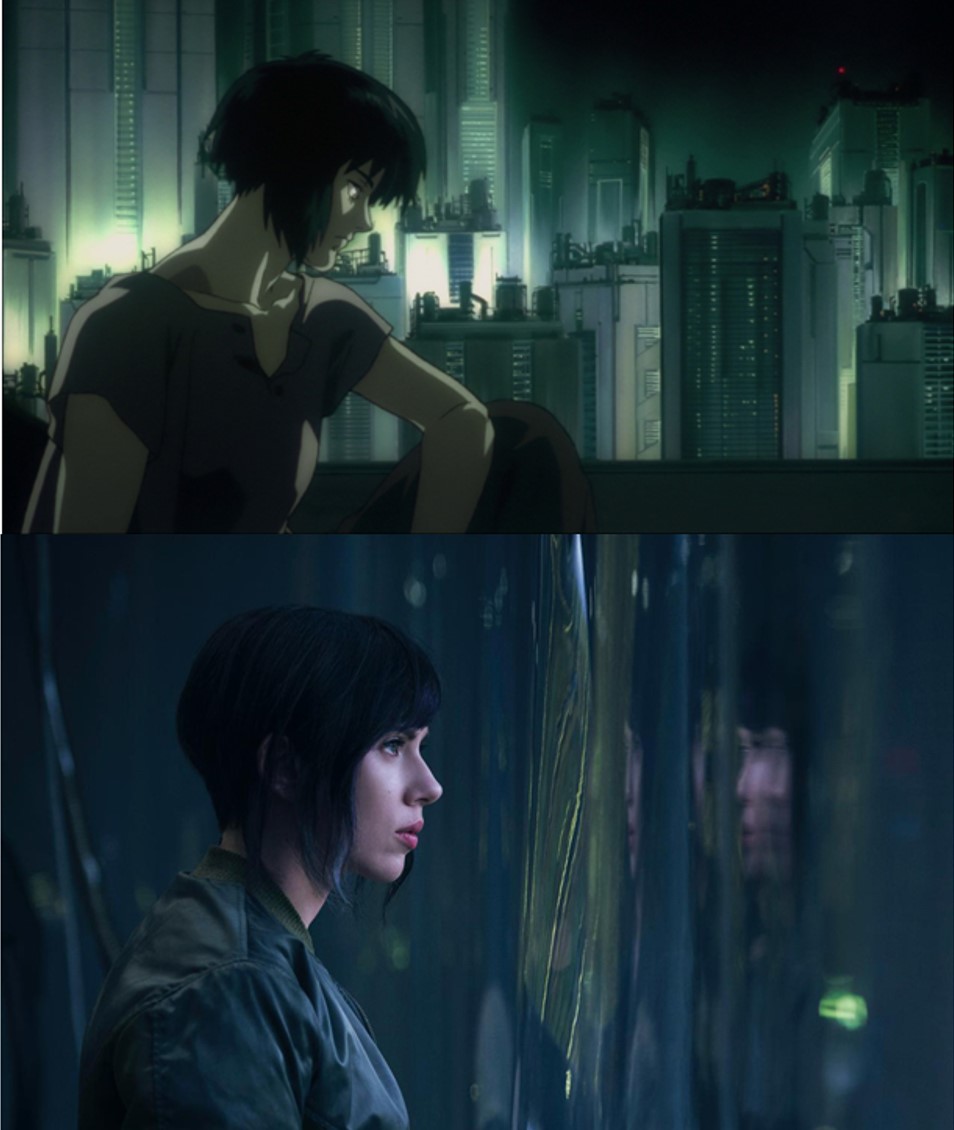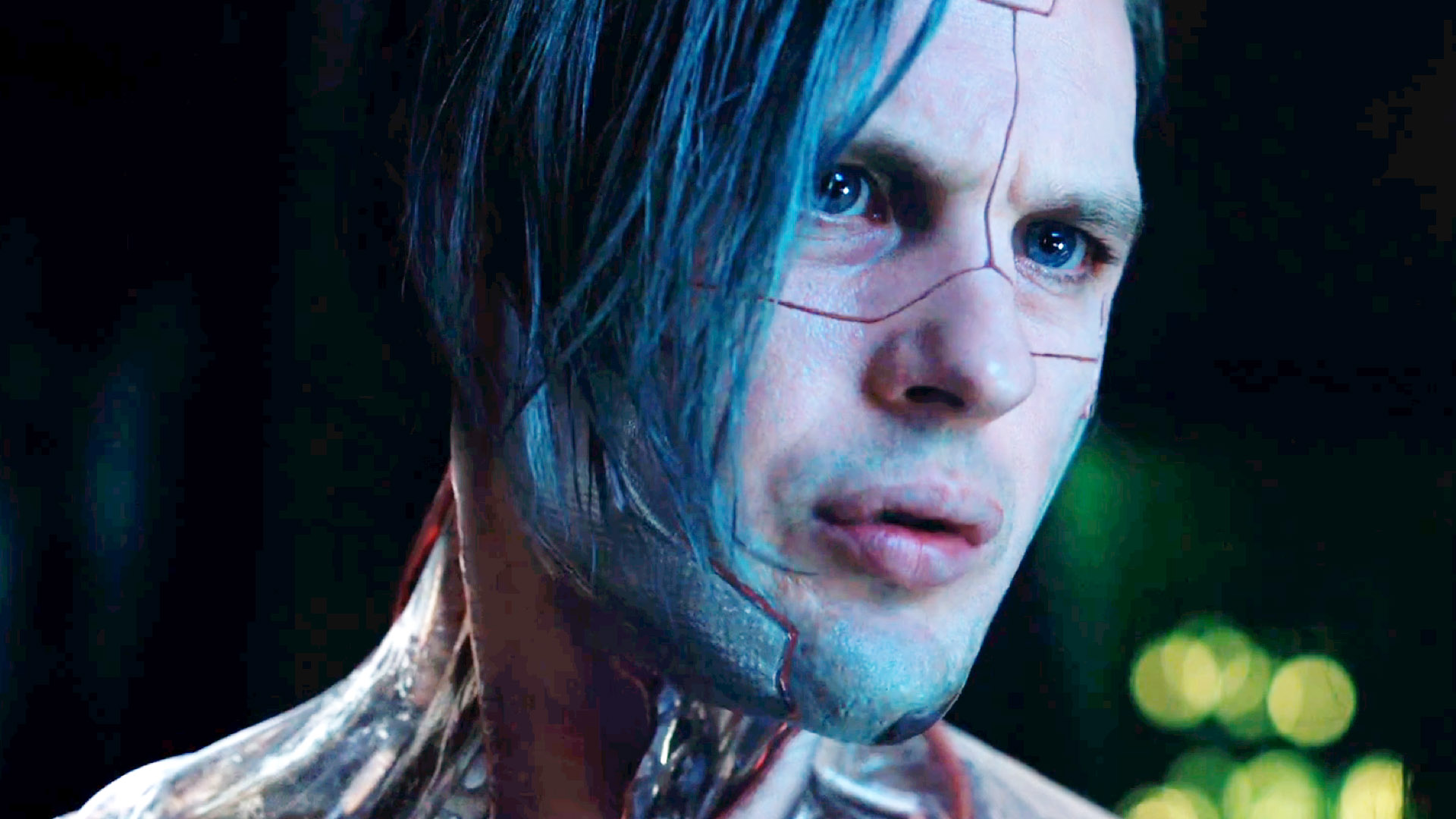.>. Mid Term Guidance + Cyborgs
Write with authority. Make an argument and support with evidence.
Your evidence includes:
->Describe works you have seen, read, heard.
->Quote experts whose comments support your argument, or whose ideas reflect a point of opposition.
example:
John Smith argues that cyberpunk is not punk at all. In his essay "Down with Cyberpunk," Smith writes, "Cyberpunk isn't punk, it's pop because it has colors." However, Smith fails to see how color can be used to illustrate punk as well as any other design strategy.
-> Analysis of specific works. Analysis means to look/read closely at a specific moment, phrase, shot, scene and then make a claim or argument about the meaning of that moment, phrase, etc.*
[* "Meaning of that moment, phrase, etc" can entail MORE THAN NARRATIVE MEANING. Sometimes, a cinematic shot doesn't mean very much narratively, but is incredibly important aesthetically. ]
Information and ideas you learn during lecture are your own now. I have, presumably, taught you. Thus, there is no need to quote me. Instead, better to describe this idea you've learned in your own language.
example:
Memory is an important subject in cyberpunk because, very often, memory is a record of an individual's lived experience. To be able to"read" someone's memory would allow the reader to come very close to re-experiencing the moments lived by that person.
This example above is a reflection on many of the ideas I have lectured about, yet it is written in as presentation of an argument with no need to quote exact language from the lecturer/professor.
It is always better to make an argument in your own words, rather than using the words of others, even if cited. Citation is a means to provide outside evidence to bolster your claim.
Describing visual aesthetics.
You are expected to deploy a visual vocabulary in your writing, similar to what you hear in lecture and find throughout Neuromancer (and other novels). Describing aesthetics is describing how something looks, how it moves, how it changes, and how it is composed.For example:
light can be descrdibed as: glowing, shimmering, dim, bright, flickering, streaking, bursting, engulfing
lines and shapes can: spin, turn, disappear, morph, crash, penetrate, cover, reveal, bump, envelop
surfaces are: smoothe, rough, wet, hard, fleshy, crusty, rusty, slick, polished, bruised, marbled, pockmarked, engraved, soft
Describing a formal visual aesthetic. It is important to be descriptive and specific, not generic.
example of poor description:
“The memories in _Johnny Mnemonic_ show us an abstract data space.”
example of detailed description:
"The memories in _Johnny Mnemonic_ are presented in a narrow tunnel-like slit-scan syle, wherein the roof and floor of the image are made of digitally animated panels, glwoing with translucent yellow, blue, and purple light. Objects appear in the middle-ground as floating translucent, pixelated "memories" accompanied by tiny bursts of lightning, a digital skull, and floating "code"-lines moving through the picture-plane."
Finally, visual aesthetics and narrative meaning are not mutually exclusive.
The best answers will be ones which identify how aesthetics and narrative intersect and where the "evidence" supporting an argument is inclusive of both narrative theory and visual aesthetics.
Ghost in the Shell
Migration from the flesh to the machine
Brains and Cybernetics
Artificial Intelligence and Sentience
GHOST IN THE SHELL - REEL from Ash Thorp on Vimeo.
